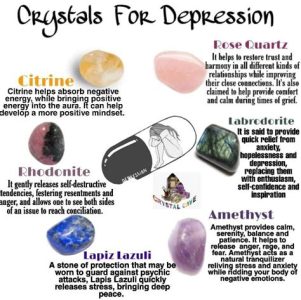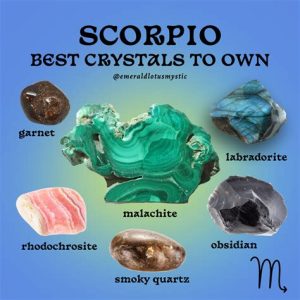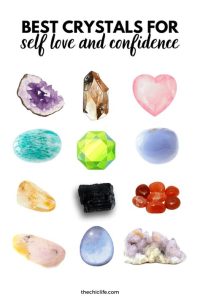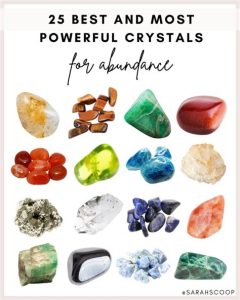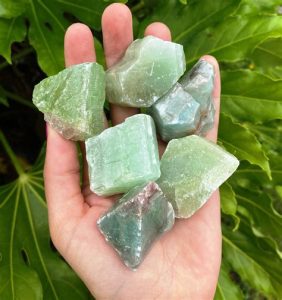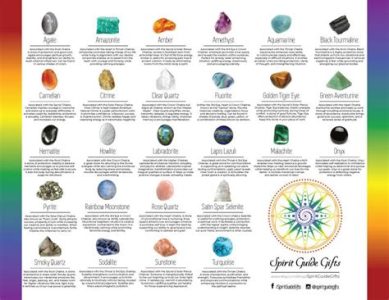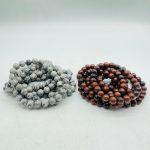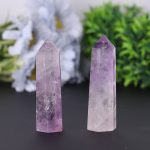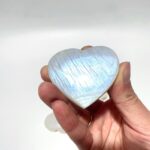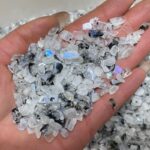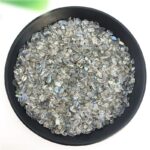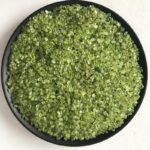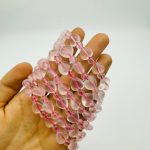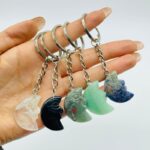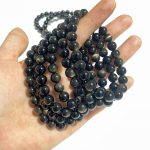Prehnite and epidote are two mesmerizing green minerals that have captivated gemstone enthusiasts and collectors alike. While they share some similarities, they also possess distinct characteristics that set them apart.
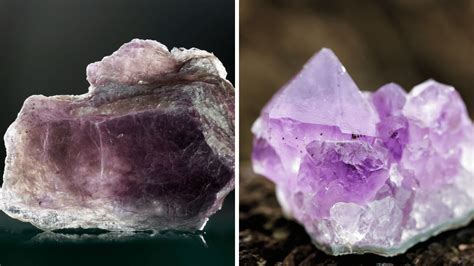
Mineralogical Properties
Prehnite is a calcium aluminum silicate hydroxide mineral with a Mohs hardness of 6-6.5. Its crystal structure is orthorhombic, and it typically forms in botryoidal or stalactitic masses. Prehnite’s color ranges from pale green to deep olive green, often with a vitreous to pearly luster.
Epidote is a calcium aluminum iron silicate hydroxide mineral with a Mohs hardness of 6-7. It crystallizes in the monoclinic system and commonly forms in granular or fibrous aggregates. Epidote exhibits a wide range of green hues, from pistachio green to dark forest green, with a vitreous to greasy luster.
Geological Occurrence
Prehnite is typically found in low-grade metamorphic rocks, often associated with zeolites and calcite. Epidote, on the other hand, occurs in both metamorphic and igneous rocks, particularly those rich in calcium and iron. It is commonly found in skarns, granites, and volcanic rocks.
Gemological Characteristics
Color: Prehnite is typically pale to medium green, while epidote exhibits a wider range of green shades, including dark green and pistachio green.
Clarity: Prehnite is usually translucent to opaque, while epidote can be transparent to translucent.
Carat Weight: Prehnite is more commonly found in larger carat weights than epidote.
Cut: Prehnite is often cut into cabochons or beads, while epidote is frequently faceted into gemstones.
Price: Prehnite is generally more affordable than epidote.
Applications
Prehnite and epidote are both prized as gemstones, and their versatility extends beyond jewelry.
Prehnite is used in a variety of applications, including:
– Jewelry: It is often used in rings, pendants, and earrings.
– Metaphysical Practices: Prehnite is believed to promote healing and spiritual growth.
– Decorative Objects: It is used in carvings, sculptures, and figurines.
Epidote also has its own unique applications:
– Jewelry: Epidote is a popular choice for use in jewelry, particularly in necklaces and bracelets.
– Industrial: It is used as an abrasive in polishing and cleaning products.
– Construction: Epidote is sometimes used as a green pigment in paints and dyes.
Prehnite vs. Epidote: A Summary
| Feature | Prehnite | Epidote |
|---|---|---|
| Chemical Composition | Calcium aluminum silicate hydroxide | Calcium aluminum iron silicate hydroxide |
| Crystal Structure | Orthorhombic | Monoclinic |
| Mohs Hardness | 6-6.5 | 6-7 |
| Color | Pale to medium green | Pistachio green to dark forest green |
| Clarity | Usually translucent to opaque | Can be transparent to translucent |
| Gemological Applications | Cabochons, beads | Faceted gemstones |
| Other Applications | Jewelry, metaphysical practices, decorative objects | Jewelry, industrial, construction |
Future Prospects for Prehnite and Epidote
The future holds promising prospects for both prehnite and epidote.
- Jewelry: The growing demand for green gemstones is expected to boost the popularity of both prehnite and epidote.
- Metaphysical Practices: Prehnite’s perceived healing properties are likely to attract new users in the years to come.
- Sustainable Mining: Sustainable mining practices will become increasingly important to ensure the responsible sourcing of prehnite and epidote.
Innovation in Prehnite and Epidote Applications
PrehnitePaper: Prehnite’s unique properties could lead to the development of a new type of paper with enhanced durability and flexibility.
EpidoteInk: Epidote’s abrasive properties could be harnessed to create a sustainable and eco-friendly ink for printing and writing.
Additional Resources
Conclusion
Prehnite and epidote are two fascinating green minerals that offer a range of applications in the world of gemstones, metaphysical practices, and beyond. As we delve deeper into their properties and applications, we can expect to unlock new possibilities for these versatile materials. By embracing innovation and fostering sustainable mining practices, we can ensure that prehnite and epidote continue to captivate and inspire generations to come.

